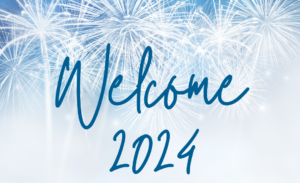Industries from consumer products to health care eye emerging markets like a hungry cat. Ignore the burgeoning population numbers at your peril, as long as you still need to meet Wall Street expectations quarter after quarter.
Should you find yourself working in one of the many companies rapidly expanding into these markets and learning how to operate in a truly global manner, growing pains become inevitable. These are my Top 5 Lessons about employee programs and communications for companies taking global to a Big G (and actually living it) instead of throwing it around with a “little g” (which means in name only):
- If you want to frustrate your international colleagues to no end, the best way to do it is to take a program that has worked well in the U.S./North America, and roll it out “as is” to the rest of the world. Expecting initiatives to land the same way in other countries and cultures as it does in the US is a formula for failure. Not to mention people’s inherent need for inclusion in the design, development and implementation. Just throw it over the borders instead!
- In presentations, training materials, and employee communications, don’t make any updates to scenarios or business examples incorporating other countries, nationalities or cultures. You definitely wouldn’t want readers or participants to “see themselves” to relate. Anglo-centric is the way to go!
- Ensure you schedule conference calls and on-line meetings at convenient times for only the US time zones and workdays. If that means participants in Shanghai need to dial in at midnight, or log in at 3am in Dubai on a Friday, well, that tells you who is REALLY committed, right? Holding the meetings multiple times, including “inconvenient” times for Americans certainly couldn’t be an option . . . Oh yeah, and in some parts of the world, their weekend is Friday and Saturday. Their workweek begins on Sunday.
- Load up your communications with icons, symbols and logos with different meanings in different cultures. You could think of it as your own personal Rorschach Test at work. How much harm could it cause if one country interprets the logo one way and another country interprets it another way? Surely no one would bring their religious values into the workplace with them . . . and get offended . . .
- Don’t worry about adjusting employee communications to take out references to the seasons or specific holidays. For example, even though summer takes place different months of the year in the Southern Hemisphere than in the Northern Hemisphere, mentioning that your program launches “this summer” shouldn’t confuse anyone in Australia or Chile. Same thing for talking about Labor Day. Most countries happen to recognize that holiday on May 1, but since it’s in early September in the US, just go with it if you’re in an American company.
Betsy Winkler is a Partner at PeopleResults. She can be reached on Twitter at @BetsyWinkler1 or on email at bwinkler@www.people-results.com



